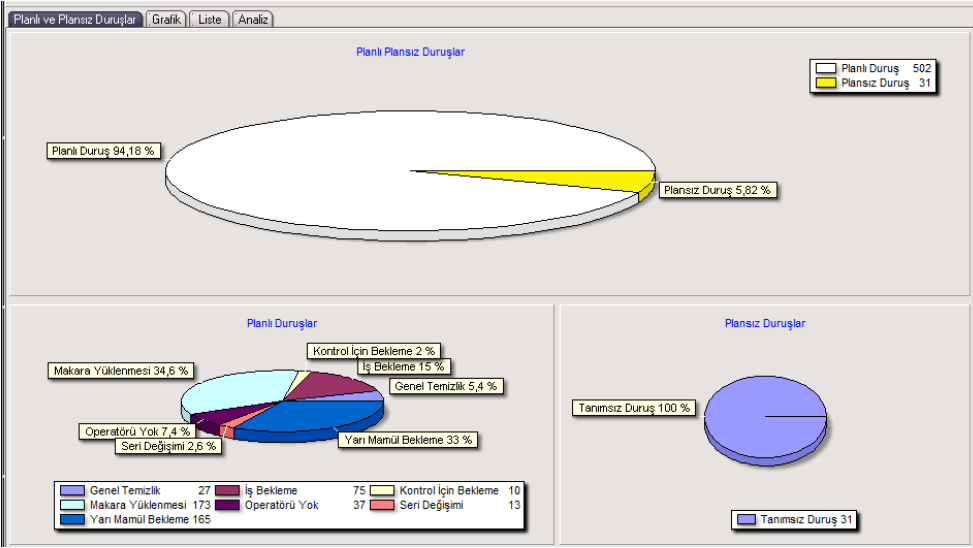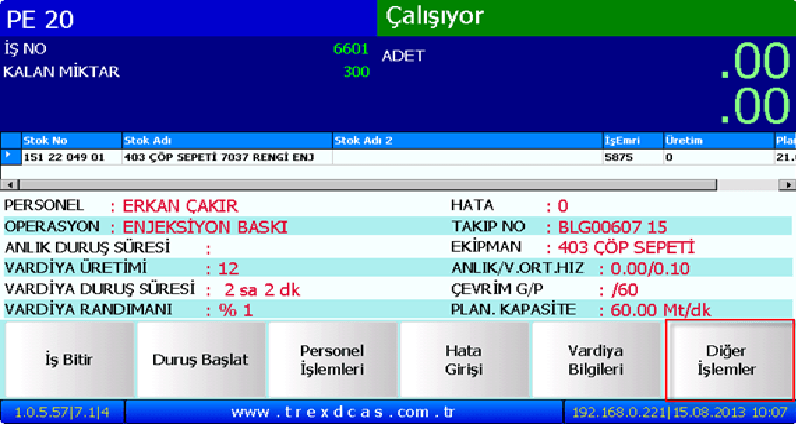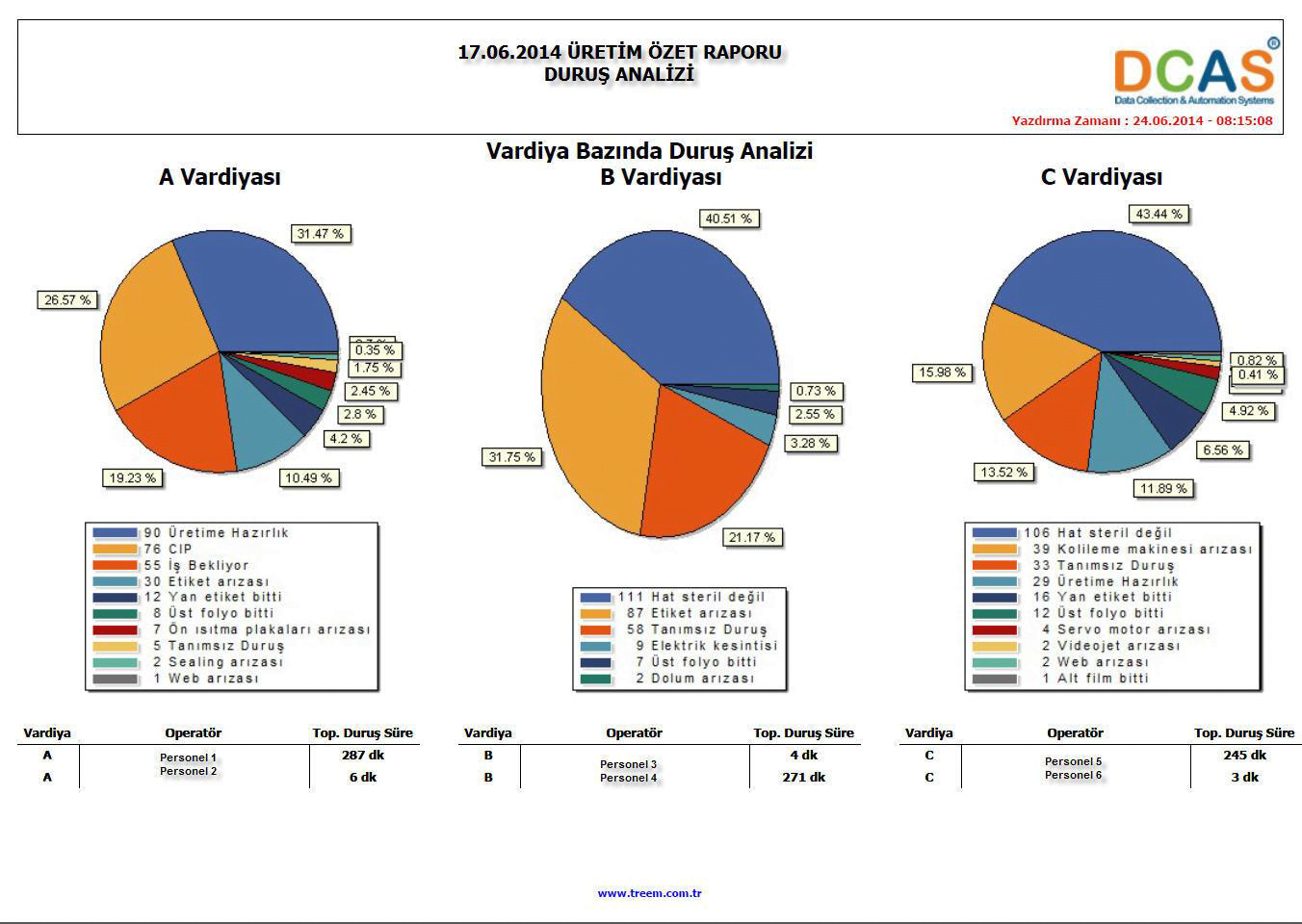Production Collection Systems

You can increase productivity by 30% only by utilizing internal resources without needing huge investments. I have mentioned before how SMED, Autonomy Maintenance, 5S, Kaizen, OEE, JIT, Process Management and Sampling could help making money for your business. Nowadays, ERP culture is even adopted in small business with 2 to 3 employees. Firms know more or less how the information is entered, reported or commented. Previously ERP was used by only a couple of businesses so ERP used to create difference for them. Since nowadays ever business use ERP systems, what will make difference is to go down the workshop area and understand and experience the needs of production. Production Data Collection Systems are the only platforms that you can monitor each breakdown on each machine, and each employee second by second and also the volume of products.
Production Data Collection is a system that monitors and reports all the processing via the touch screen panels mounted in the machines from the workshop. There are several companies providing such functionalities in Turkey by the signals from the machines, although the software can vary the logic behind is the same. During non-production times, meaining breakdowns are recorded manually by the operator of the machine or some automatically maintained definitions. Counters received from the machines and recorded downtimes are used in the reports generated by the system. Monthly, annually, daily or shiftly reports are created based on the OEE values which provides comparision chance. Thorugh this automatical systems, we can collect two types of data. Running times and non-production times. Downtimes could be provided by the signals from the machines or manually by the operators. Downtimes could be Planned or Unplanned downtimes.

The purpose of the system is to record production activities of the machines in the lines entegrated to each other and monitor the breakdowns and see how these breakdowns affect the productivity and so improve the profit of the plant. By the production data collection systems it can be clearly seen that if small breakdowns could be saved by such production data collection systems, productivity of the plants that are established for millions of money could be improved. System keeps all the information collected from the machines in the workshop via the signals and secure them in the database in a decent way and in a decent algorithm. All the collected data are provided to the customers in easily utilized analysis screens.

Let’s go over what data Production Data Collection systems give you to make analyses on: *** Which machine came to a halt, and why? ***Did this loss of time affect another machine? ***How long did the stoppage last before the operator intervened? ***How long did it take to eliminate the stoppage? ***Which consumables were used in the elimintaion? ***How much tea, lunch and other breaks did the operator take? ***What’s the amount of products put out in a unit of time? ***What is the product based efficiency compared to theoretical capacity? ***What is the daily average piece/hour or meters/hour speed? ***What is the loss time resulting from format changes? (Setup process, template swaps) ***What is the machine based average speed, what and why are there changes in speed? ***Immediate OEE comparison between shifts ***Material, semi product and product loss amounts. It’s possible to get detailed information about line performance using any device that is connected to the internet.

Big screens (called ANDON panels) placed in the plant allow the personnel to get summary information about the current status of machines and beyond that creates an atmosphere of improvement which reminds operators that their performance is being tracked. System has support for online notification and relevant people are notified via mobile phone messages. For instance, automated messages can be sent when a machine stops, detailing information such as production status, actual speed, total work duration, total stoppage duration and total production amount. SMS types are: 1)Periodic notifications 2) Notification on shift changes 3) Notification during halts and breakdowns 4) Notification on format changes. Contents of these messages can be modified as desired.



